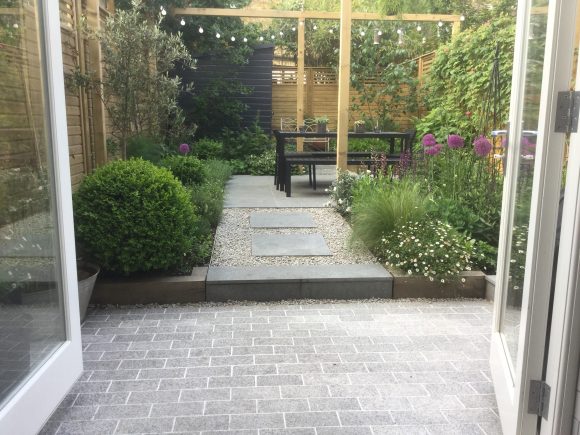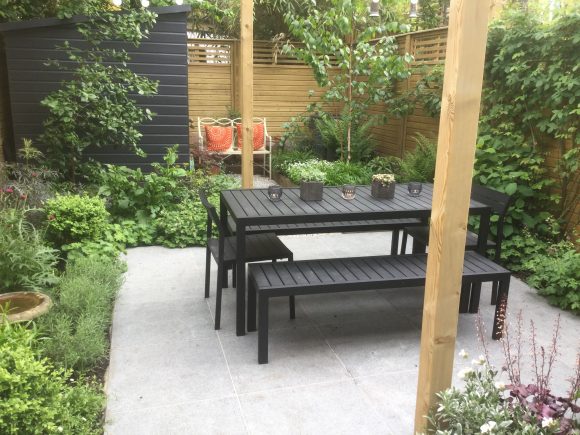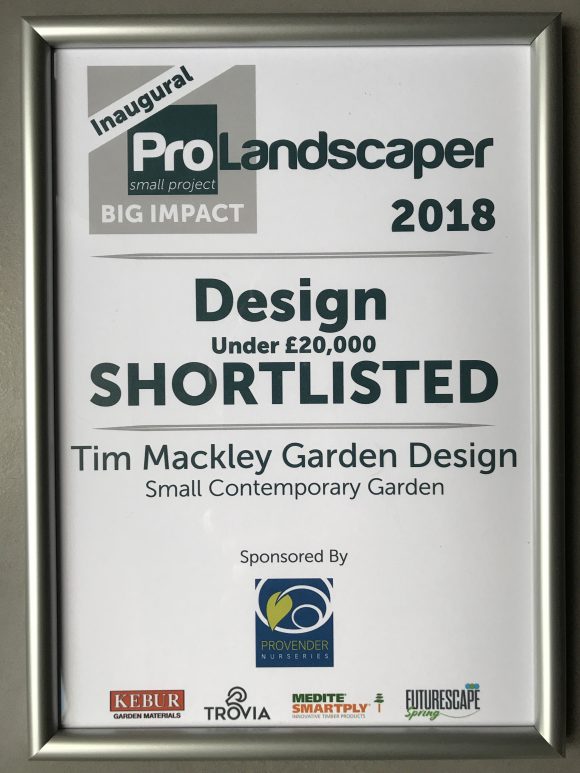Best of Houzz Award 2019
I’m very pleased to have won a Best of Houzz Award for Customer Service for the second year running. Houzz is a leading platform for home renovation and design. Receiving the Customer Service Award is a result of the number and quality of client reviews received in 2018. So thank you to all the customers who so kindly reviewed my services. Client endorsement really is the best recommendation and is very much appreciated.
You can read the reviews by clicking here.

#BestOfHouzz2019



